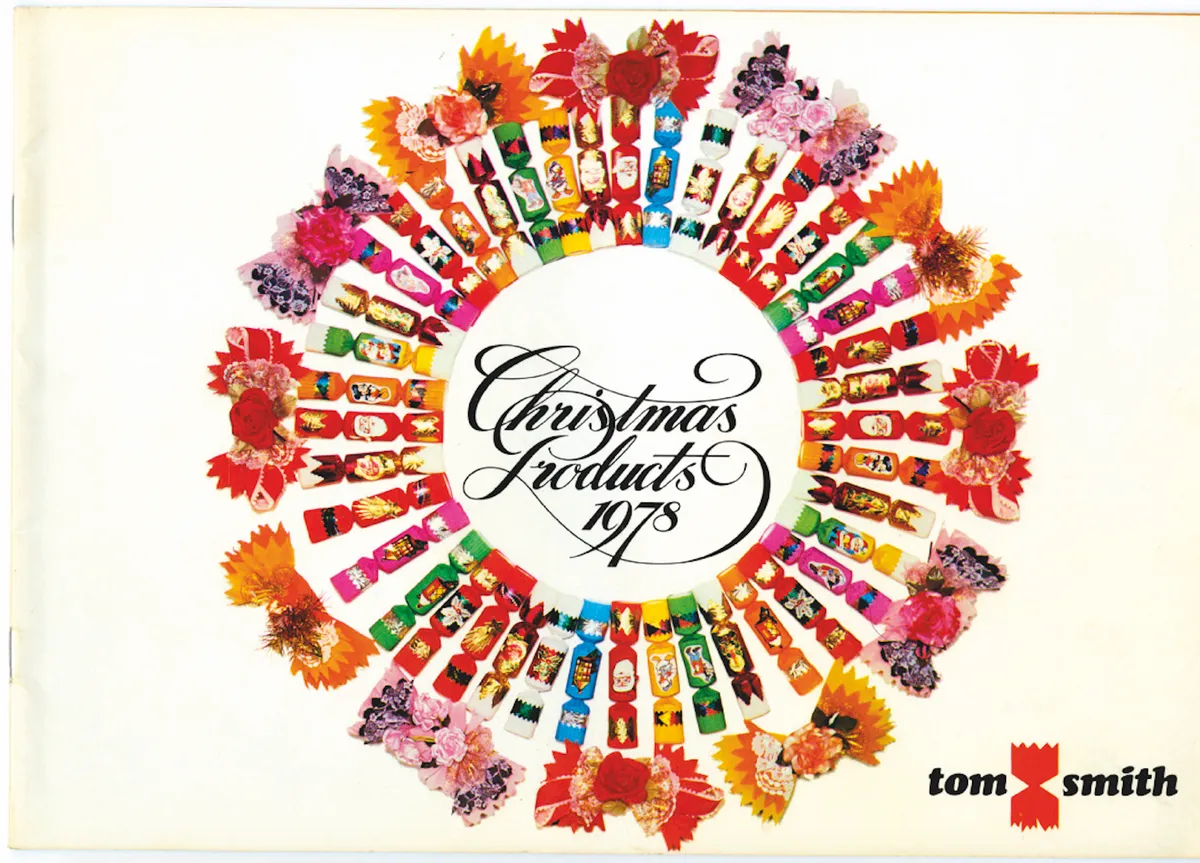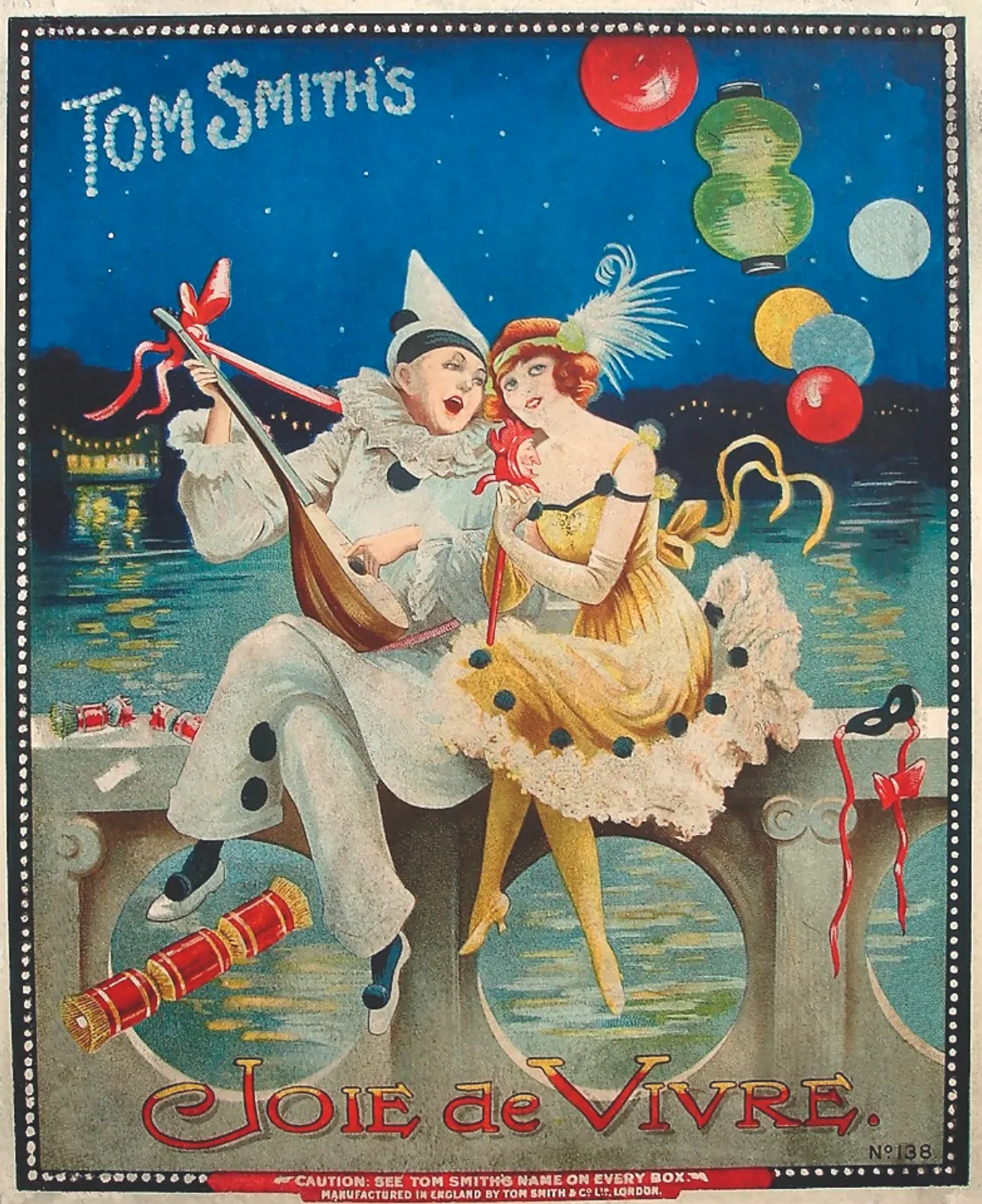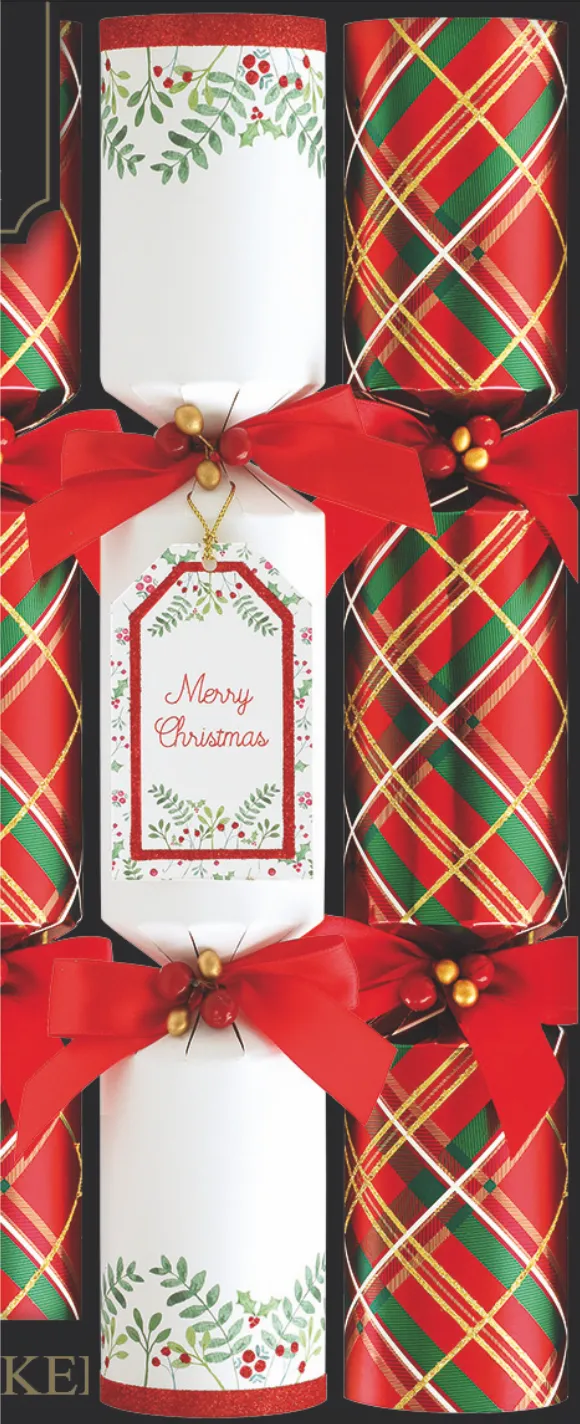Who invented the Christmas cracker?
Every year, on Christmas Day, Brits all over the country gather round their dining tables for that much-vaunted festive lunch. It’s a familiar scene up and down the land: children and adults alike wear brightly coloured tissue-paper crowns as they brandish plastic knick-knacks and roll their eyes at a raft of corny jokes. And it’s all thanks to one man – Tom Smith.
Crackers have been central to our celebrations since the mid 19th century, but they haven’t always been the decorative cardboard tubes filled with jokes, hats and novelties that we know today. ‘Crackers weren’t just used as table decorations, they were an integral part of the Victorian parlour,’ explains Peter Kimpton, cracker specialist and author of Christmas Crackers: Tom Smith’s Magical Invention. ‘It’s incredible that Smith’s creation is still giving pleasure over 160 years on.’

How did Tom Smith create his Christmas crackers?
Innovative and forward-thinking, Tom Smith (1823–1869) was a sweet-maker and baker by trade. Rumour has it that in 1840, during one of his regular buying trips to Paris, he discovered the muse for his early crackers – the Parisian bon bon, a sugared almond wrapped in patterned paper with a twist at each end. Smith thought the idea was so innovative that he decided to package and present his sweets at home in a similar way. Sadly, the trend didn’t catch on, even when he decided to include a romantic note within the wrapping.
Not to be put off by his initial lack of success, Smith decided to swap the sugared almond for a small trinket. Apparently, while enjoying the glow of an open fire, the crackle of a burning log inspired him to add a playful ‘bang’to his crackers. ‘Although we love the romantic idea of this,’ says Kimpton, who has spent years delving into archives and investigating Smith’s early crackers, ‘it is known that Smith actually purchased the science behind the ‘snap’ from Tom Brown, a chemist previously employed by Brock’s Fireworks.’ Whatever the truth of the matter, in 1861 Smith launched this version under the name ‘Bangs of Expectation’, to huge acclaim.

How successful were Tom Smith's Christmas crackers?
From that moment on, Smith’s crackers moved to the forefront of the Christmas market. He employed popular artists, including Louis Wain and Gus Rosenthal, to create playful sketches to decorate the boxes, and he sought out freelance writers to create love poems and mottos to be rolled up and placed inside. ‘All rather mushy, if you ask me,’ laughs Kimpton, ‘but they seemed to do the trick.’
What is the legacy of Tom Smith's Christmas crackers?
Sadly, as Tom died in 1869, he never lived to see the ultimate success of his groundbreaking crackers. However, the legacy of his ‘Bangs of Expectation’ lived on through his sons Thomas, Henry and in particular Walter, who travelled the world in search of new cracker gifts and introduced that all-important tissue paper hat.
In 1906, Tom Smith’s cracker company was granted its first Royal Warrant by the Prince of Wales. This entitled the business to become a member of the Royal Warrant Holders Association and it is rumoured that Queen Elizabeth II still enjoys her Christmas lunch while wearing one of Tom Smith’s crepe-paper crowns.

